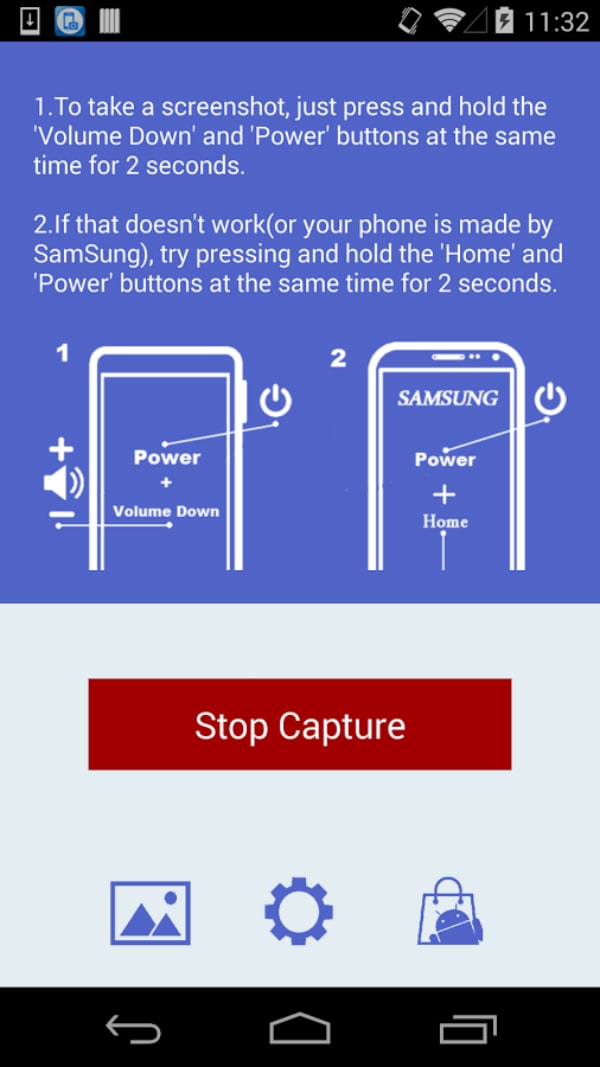

However, the two arguments to this function are not bitmap handles.


This function performs a bit block transfer that is, it copies data from a source bitmap into a destination bitmap. After you create a compatible DC, you create a bitmap with the appropriate dimensions by calling the CreateCompatibleBitmap function and then select it into this device context by calling the SelectObject function.Īfter the compatible device context is created and the appropriate bitmap has been selected into it, you can capture the image. To store an image temporarily, your application must call CreateCompatibleDC to create a DC that is compatible with the current window DC. Later, when the user selects the normal view, the application must replace the zoomed image with a copy of the normal view that it temporarily saved. For example, when you scale or zoom a picture created in a drawing application, the application must temporarily save the normal view of the image and display the zoomed view. In some cases, you may want your application to capture images and store them only temporarily. You can use a bitmap to capture an image, and you can store the captured image in memory, display it at a different location in your application's window, or display it in another window.


 0 kommentar(er)
0 kommentar(er)
